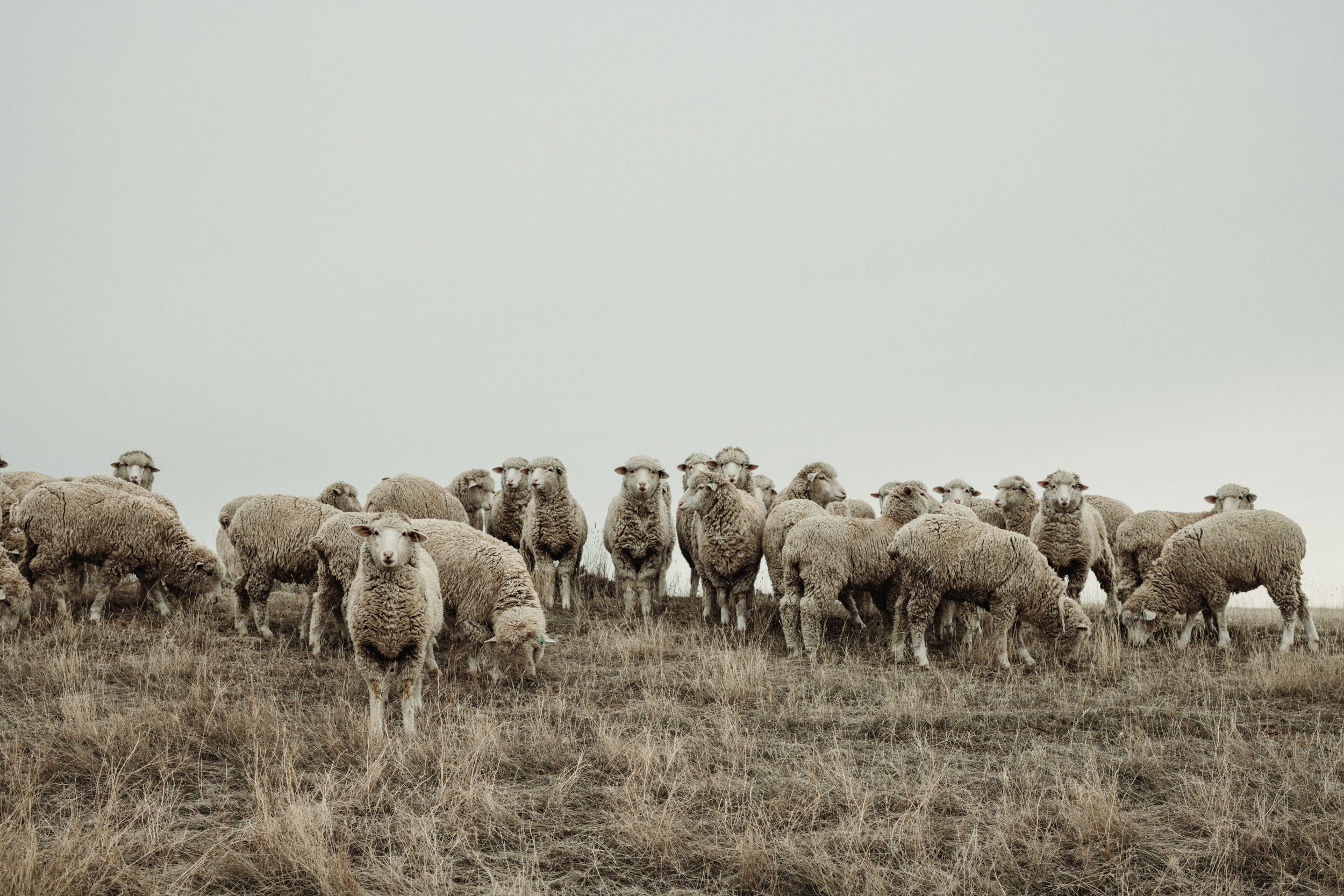Sunburn
Will wool provide protection against sunburn?
Yes. All the places I found via some web-searching agree wool provides significant protection against the dangerous ultraviolet (UV) rays of the sun. HOW MUCH protection is the open and complicated question. But everybody putting out info on the subject is claiming the level of protection is significant.
Wool was created by Nature to protect sheep, and it does absorb the ultraviolet radiation that burns human skin. And wool absorbs all the UV wavelengths. (In summer heat, at least, I am guessing reflection would be nicer than absorption?) Synthetic fabrics tend not to absorb the wavelengths that are most dangerous, and so the makers of synthetics use more synthetic treatments to boost the UPF (Ultraviolet Protection Factor). Wool naturally has a UPF of 30 or higher. I am guessing our Fabrics have a higher UPF because WeatherWool is woven more tightly than most, but that is just a guess.
I did find one source that said synthetics (a very broad category) absorb more UV than cotton, silk, wool.
This is a complex subject, and it is important to remember that a high UPF does not necessarily confer the most important protection, because some UV wavelengths are more dangerous than others.
UPF is dependent upon a lot of things ... in particular how much of the fabric you are wearing, the color, whether the garments are dry or wet ...
This page needs a lot more work. But you can find plenty of info easily via web search, and probably it would be better to consult authoritative sources directly. This is a hugely serious subject. One of the people we love most lost her life to melanoma at age 29.
Here is a nice tidbit from the IWTO (International Wool Trade Organization):
Alongside its other natural performance properties, wool provides excellent protection from the sun’s UV rays. Even when completely untreated, wool absorbs radiation from across the entire UV spectrum, much more effectively than many other materials.
When categorised in Ultraviolet Protection Factor (UPF) terms, woollen garments typically have a significantly higher rating than, for example, the average of UPF of 10 for a cotton t-shirt. Depending on the density of the fabric and how it has been treated and/or dyed, woollen apparel usually has a UPF of between 20 and 50.
It is worth noting that UPF does decrease a lot when any fabric is wet.
Manufacturers of performance garments often use a treatment to enhance the UV protection that already exists in wool. When purchasing woollen clothing, it is always worth verifying whether any UPF rating has been boosted with a treatment, as that may reduce over time. However, the public can have peace of mind that all wool does naturally provide a degree of permanent UV protection.
This is a complex subject:
- Some UV wavelengths are more harmful than others, and exactly what wavelengths a fabric handles is important
- The composition of a fabric is of course critical. But also, the weave, the thickness, the color, and any additives (dyes, sprays, coatings)
- Protection is conferred by the ability of a fabric to reflect and absorb UV, whereas the danger/damage from UV is caused by the UV that the fabric transmits to the wearer
Doing a little bit of searching on the web, I don't find much that is really accessible, but I am glad that a bunch of people offering woolens are touching on the subject a little.
I'd love to see a lot more easily accessible information and a lot more awareness of this subject. It's another potential topic for us to work on, make a video. It seems like the trade orgs should be presenting some accessible and entertaining info on this. Maybe they are, but I have not seen it.
Our Related Information page has links to sources with info on many other topics.
In March of 2024, a physicist who was doing some testing on our wool pointed out that one of the reasons it keeps you warm in the cold is that it absorbs infrared radiation ... at least some of it!
28 May 2024 --- Ralph

